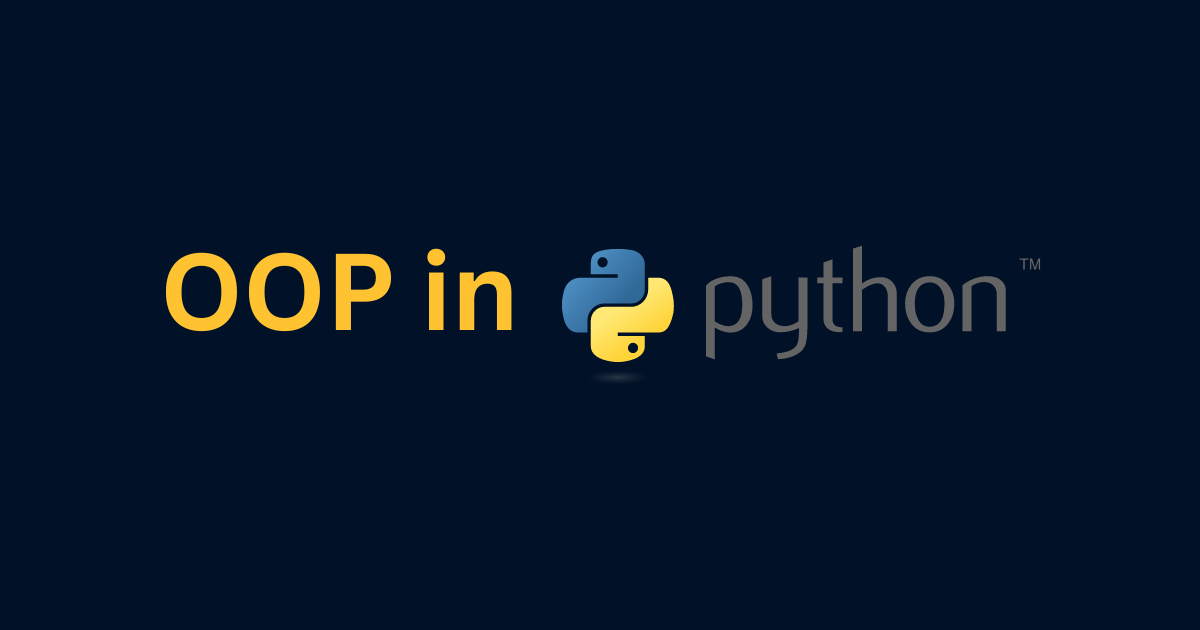Embracing Python's Multiparadigm Programming Capabilities
This series covers my notes on Object-Oriented Programming (OOP) in Python. I’ve prepared these posts based on my interests and experiences. Feel free to explore if you’re interested in learning more about OOP concepts and their implementation in Python.
Understanding Python’s Versatility in Programming Paradigms
Python is celebrated for its versatility, allowing developers to choose from various programming paradigms to best suit their needs. While it robustly supports Object-Oriented Programming (OOP), it also embraces procedural and functional programming, making it a multiparadigm language. Here’s an exploration of how Python accommodates these paradigms:
1. Object-Oriented Programming (OOP)
Python strongly supports OOP, a paradigm centered around objects and classes. OOP in Python promotes code organization, modularity, and reusability through key concepts:
- Classes and Objects: Classes serve as blueprints for objects, encapsulating data and behaviors.
- Encapsulation: Bundling data (attributes) and methods (functions) within classes to hide internal details and expose only necessary functionalities.
- Inheritance: Enabling new classes to inherit properties and methods from existing ones, fostering code reuse.
- Polymorphism: Allowing objects of different classes to be treated as instances of a common superclass, enabling method overriding for specific implementations.
- Abstraction: Hiding complex implementation details and exposing only essential features through abstract classes and interfaces.
Example: A Simple Car Class in Python
1
2
3
4
5
6
7
8
9
10
11
12
13
class Car:
def __init__(self, make, model):
self.make = make
self.model = model
def display_info(self):
print(f"Car: {self.make} {self.model}")
car1 = Car("Toyota", "Camry")
car2 = Car("Honda", "Accord")
car1.display_info() # Output: Car: Toyota Camry
car2.display_info() # Output: Car: Honda Accord
2. Procedural Programming
Python also supports procedural programming, which focuses on functions to structure and manipulate data:
- Functions as Procedures: Python functions encapsulate blocks of code performing specific tasks, similar to procedural programming in languages like C.
- Using Built-in and Library Functions: Python’s rich set of built-in functions and libraries (e.g.,
math,random,sys) allow procedural-style programming. - Scripting and Automation: Python is widely used for scripting and automation, where procedural scripts execute sequential operations without complex class hierarchies.
Example: Procedural Code in Python
1
2
3
4
5
6
def calculate_area(radius):
import math
return math.pi * radius ** 2
area = calculate_area(5)
print(f"Area: {area}")
3. Functional Programming
Python supports functional programming paradigms, emphasizing immutability and higher-order functions:
- Lambda Functions: Anonymous functions defined using the
lambdakeyword. - Map, Filter, Reduce: Functions that apply a function to a sequence of elements, filter elements based on a condition, or reduce a sequence to a single value.
- Comprehensions: List, dictionary, and set comprehensions for concise and readable code.
Example: Functional Programming in Python
1
2
3
numbers = [1, 2, 3, 4, 5]
squared = list(map(lambda x: x ** 2, numbers))
print(squared) # Output: [1, 4, 9, 16, 25]
What is self?
In Python, when defining methods (functions within a class), you should always start the parameter list with self. Here’s what self represents and why it’s important:
1. Self as the Instance
- In Python,
selfis a convention (not a keyword) that refers to the instance of the class. It’s automatically passed as the first parameter to every method defined within a class.- When you create an object (instance) of a class and call its methods, Python implicitly passes the instance itself as the first argument to the method.
2. Accessing Instance Variables
- Inside the methods of a class, you use
selfto access and modify instance variables (attributes) that are specific to each instance of the class. - Without
self, Python would not know which instance’s variables or methods you are referring to.
3. Method Calls
- When you call a method on an instance (
instance.method()), Python automatically passes the instance (instance) as the first argument to the method.
Here’s an example to illustrate:
1
2
3
4
5
6
7
8
9
10
11
12
13
class Car:
def __init__(self, make, model):
self.make = make
self.model = model
def display_info(self):
print(f"Car: {self.make} {self.model}")
# Creating an instance of Car
car1 = Car("Toyota", "Camry")
# Calling a method on the instance
car1.display_info()
In this example:
selfin__init__(self, make, model)refers to the instance of the class (car1in this case).self.makeandself.modelare instance variables that store the make and model of the car.selfindisplay_info(self)refers to the same instance (car1), allowing the method to accessmakeandmodelattributes specific tocar1.
